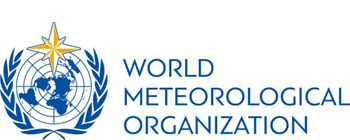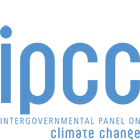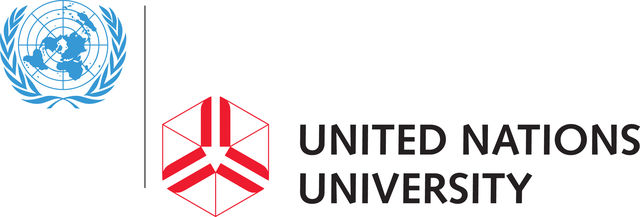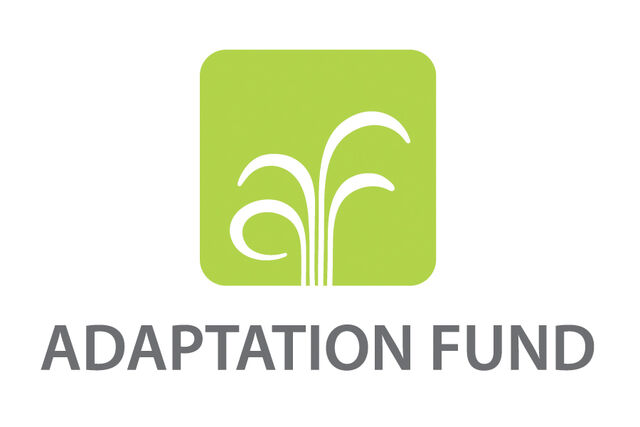This user companion explains how a major new resource, the PROVIA Guidance on Assessing Vulnerability, Impacts and adaptation to Climate Change, can be used to better understand key concepts and available methods and tools throughout the NAP process.
Climate change poses particular challenges to Least Developed Countries(LDCs), exacerbating the vulnerability of poor communities and adding new constraints, risks and uncertainties to their development. Recognizing this, the Parties to the United NationsFramework Convention on ClimateChange (UNFCCC) established a new national adaptation plan (NAP) process to facilitate e ective adaptation planning in LDCs and other developing countries.
The NAP process aims to reduce vulnerability to climate change impacts by building adaptive capacity and resilience, and to help integrate adaptation into relevant policies, programmes and activities, especially in the context of development. The Technical Guidelines for the National Adaptation Plan Process, produced by the LDC Expert Groupin December 2012, details a series of steps for producing a NAP.
The PROVIA Guidance is an output of PROVIA, the Global Programme of Research on Climate Change Vulnerability, Impacts and Adaptation, an initiative launched jointly by the United Nations Environment Programme (UNEP), the World Meteorological Organization (WMO), and the United Nations Educational, Scientific and Cultural Organization (UNESCO), and hosted by UNEP in Nairobi. It updates previous guidance and is meant to be a “living document” that will continue to be improved based on user feedback.









